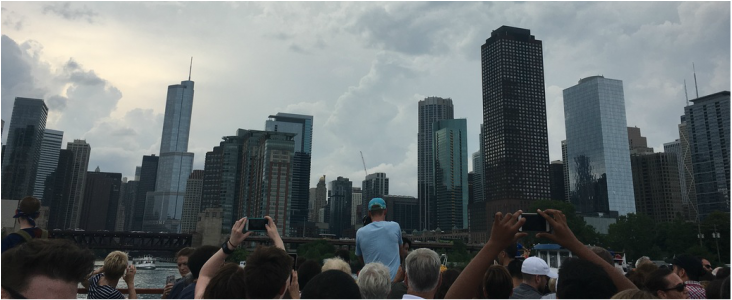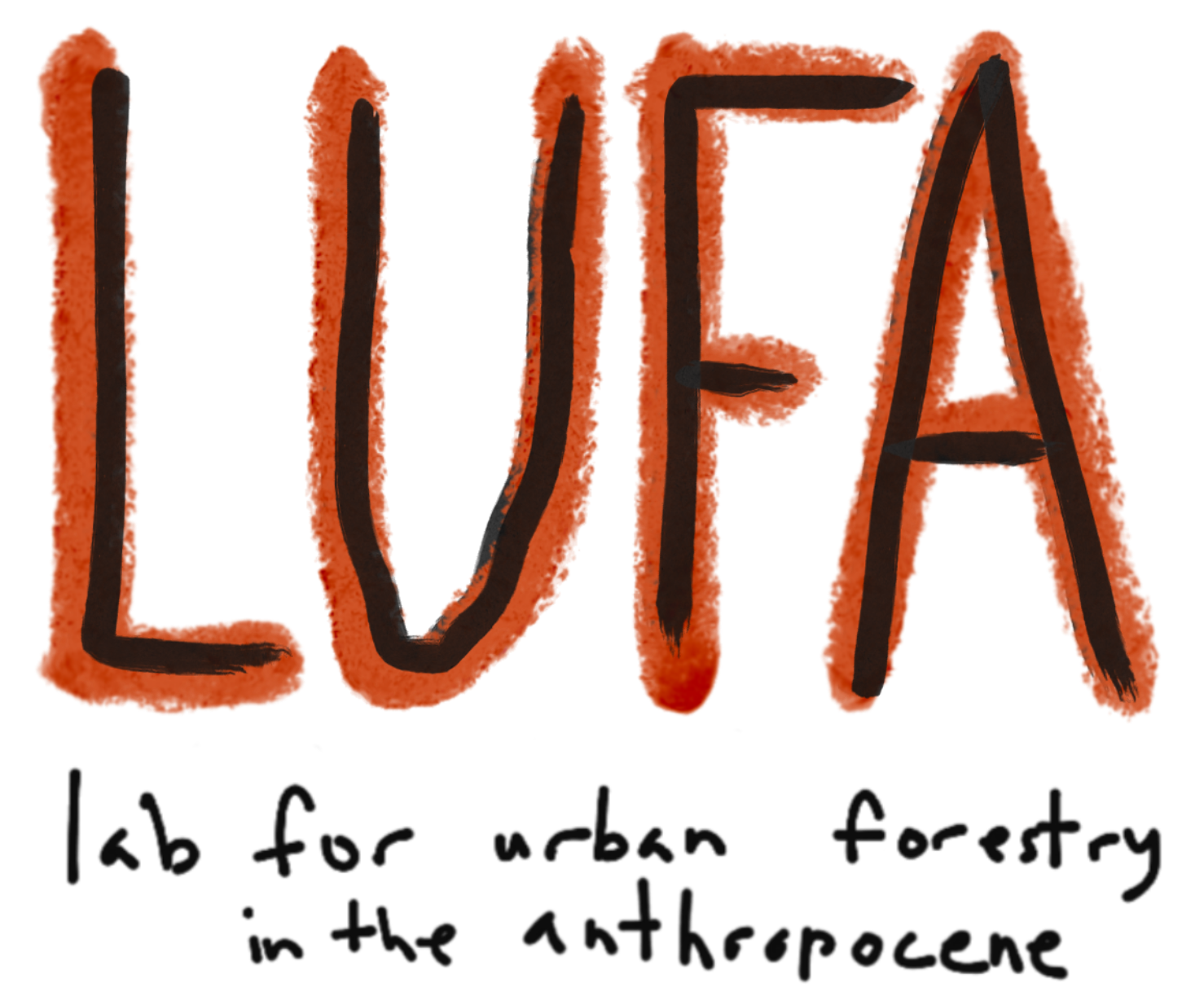BY DJ SinghThe Great Lakes account for the largest amount of freshwater in the world, outside of the polar ice caps. It is essential to preserve these lakes and keep pollution away, chiefly as global warming continually depletes the large ice caps. For the most part these lakes are surrounded by dense forestry and nature preserves but not along the coast of Chicago, the largest city touching any of the lakes. Chicago's 63-mile coastline only accounts for less than .04% of the lake’s total coastline but accounts for the largest amount of pollution into the lake. Lake Michigan is the third largest of the Great Lakes, behind Superior and Huron respectively, and provides over 6 million people with drinking water. For the most part, the city of Chicago has done a mediocre job monitoring the lakes conditions; capitalism has had an influence keeping the EPA (Environmental Protection Agency) in check. Recently, a large spike in Asian Carp migration to the lake, from connecting rivers, caused a disturbance in the natural ecosystem. The city was quick to act and poached the large population to a smaller scalable size that will not deter the natural order of the water. There have been new efforts to reduce the amount of waste going into the lake and more strict requirements for water quality. However, the larger problem remains pollution added to the lake and surrounding environment caused by excess boating on the lake (Holden 2016). This excess stems from a large population of tourist that comes during the summer. Speedboats, such as the Sea Dog off of Navy Pier, and large yachts that can be rented for small gatherings spew thousands of gallons of oils into the lake annually (ibid.). Also, the carbon emissions emitted by these vessels are much greater in magnitude than their land relatives, automobiles (ibid.). This goes in hand with the trend of American society to continuously over consume. These boats are designed to go fast and incite excitement. Tourists are not concerned if these boats are ecofriendly, as Chicago and the Great Lakes are not their native land or resource. Compiling the factor of the large engines in these boats, the inhospitality of most tourist, and high amounts of traffic the quality and quantity of freshwater available for use in the lake is steadily decreasing (ibid.).
The City of Chicago, in help with the Illinois Environmental Protection Agency, has implemented new rules and regulations in regards to preserving the waters. For example, the Sea Dog speedboat has drastically decreased the frequency of trips. This comes after the boat would continuously run multiple times through the day, with large amounts of seating available. The continuous running of the boats caused a greater amount of emissions, heightened ticket prices (due to the use of gas and other cost), and contributed to the large amount of boating traffic. Another action that was taken was aimed at eliminating or depleting the use of the Sea Dog Extreme, a much louder and faster speedboat that in return produced more carbon emissions and oil spew. These new regulations have made it more difficult for yacht owners to make their boats commercial vehicles. This is important because some yachts are too large and too old to be roaming the lake. Owners must obtain a special license for commercial access and go through a rigorous inspection on the boat that now takes into account the impact of carbon emissions. This limits the amount of traffic that is on the water at once and increases the value of cruises. However, this poses a “wicked problem”: as the prices for boat trips sharply increases, only the very affluent - the very group of people most responsible for the problem to global warming - can afford to go on these trips and continue their way of overconsumption. Chicago’s skyline is known for its elegant beauty, beauty that is best appreciated from afar on the waters of Lake Michigan. It is a firm belief that everyone should have the right to enjoy this spectacular view, but at what cost? Chicagoans rarely get to enjoy this view, as it is kept for the highly affluent tourist visiting. It seems that being on the water comes with a high cost, not only out of pocket, but the cost of environmental resources. The more traffic on the water, the worse the water becomes, directly affecting the public thatcalls Chicago home year round. Until a more efficient method of powering large boats is established, the frequency of using vessels as tourist attractions must stay relatively low and limit the number of boats available for commercial use. Additional References Holden, Andrew (2016). Environment and Tourism. New York, NY: Routledge.
0 Comments
Your comment will be posted after it is approved.
Leave a Reply. |
AuthorsStudents in Jess' ENV 151 Introduction to Sustainability write blog posts on a sustainability-related topic of their choice. ArchivesCategories
All
|
1110 West Belden Avenue Chicago Illinois 60614
|
Site last updated: August 9, 2018.



